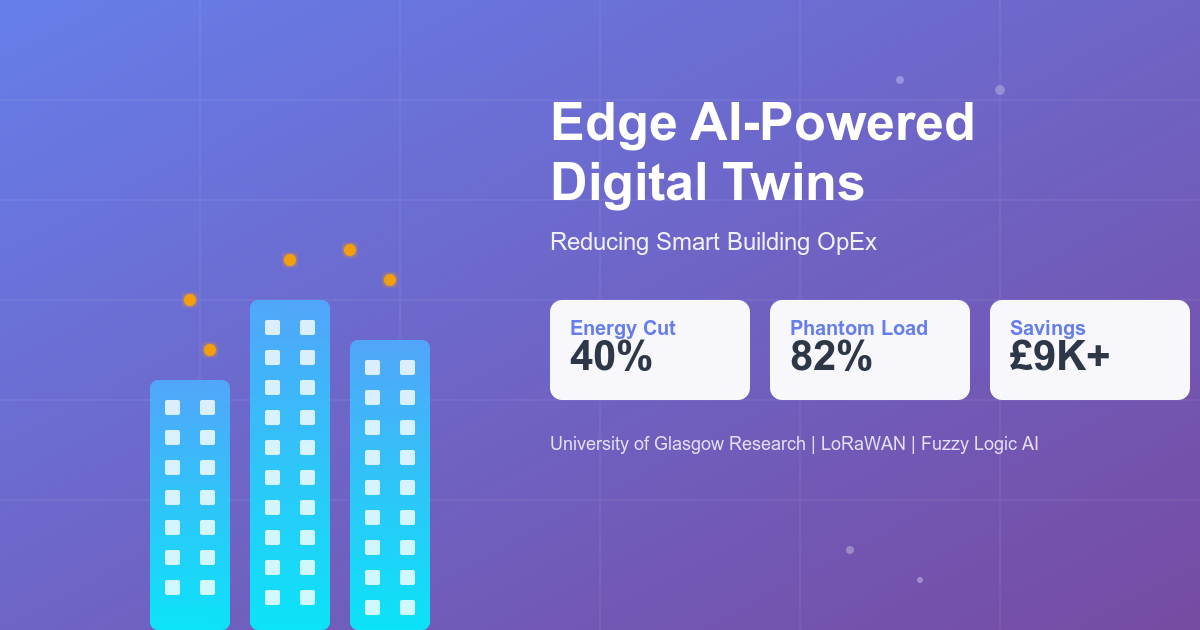PyTorch and TensorFlow are prominent open-source deep learning frameworks, each with distinct characteristics and advantages. The choice between them often depends on the specific project requirements, user’s experience level, and desired flexibility.
PyTorch:
- Pythonic and Dynamic: PyTorch is known for its intuitive, Python-like syntax and dynamic computation graphs, which allow for easier debugging and more flexible model building, especially for researchers and those prototyping new architectures.
- Ease of Use: It is often considered more beginner-friendly due to its direct integration with Python and a more immediate feel for the code.
- Research Focus: PyTorch is widely adopted in the academic and research community for its flexibility in experimentation and rapid prototyping.
TensorFlow:
- Comprehensive Ecosystem: Developed by Google, TensorFlow boasts a mature and extensive ecosystem, including tools for deployment (e.g., TensorFlow Serving, TensorFlow Lite), visualization (TensorBoard), and pre-trained models (TF Hub).
- Production and Scale: It is favored in industrial settings for large-scale projects and production deployment due to its robust architecture and tools designed for end-to-end machine learning pipelines.
- Structured API: TensorFlow’s API can be more structured and less flexible than PyTorch’s, which can be advantageous for standardized development but may present a steeper learning curve for newcomers.
Key Differences:
- Computation Graphs: PyTorch uses dynamic graphs (defined during runtime), while TensorFlow traditionally used static graphs (defined before runtime), although it now also supports dynamic execution with eager execution.
- Debugging: PyTorch’s dynamic nature often makes debugging simpler and more akin to standard Python debugging.
- Deployment: TensorFlow offers a more comprehensive suite of tools for deploying models in various environments.
- Community: TensorFlow, being older, has a larger and more established community, while PyTorch’s community has experienced rapid growth, particularly among researchers.
What When?
- Choose PyTorch if the focus is on research, rapid prototyping, or if a more Pythonic, flexible, and dynamic approach is preferred.
- Choose TensorFlow if working on large-scale production deployments, requiring extensive ecosystem tools, or comfortable with a more structured API.
| Scenario | Better default | Why |
|---|---|---|
| New research idea / custom layers | PyTorch | Pythonic, eager, quick iterate; torch.compile for speed. PyTorch |
| High-throughput input preprocessing | TensorFlow | tf.data high-performance pipelines. TensorFlow |
| Enterprise serving with versioning | TensorFlow | SavedModel + TF Serving, gRPC/REST. TensorFlow+1 |
| Polyglot backends (C#/Java/JS/web) | PyTorch→ONNX or TF | ONNX Runtime portability; TF also strong via TF.js/LiteRT. ONNX Runtime |
| Teaching one API across stacks | Keras 3 | One Keras model, run on TF/PyTorch/JAX. keras.io |
| Apple Silicon laptops | Tie | PyTorch MPS vs TensorFlow Metal path. |
Migrating between frameworks
- PyTorch → TensorFlow
Re-implement in Keras (often fastest for long-term TF Serving/LiteRT), or export to ONNX and deploy with ONNX Runtime if you only need inference portability. ONNX Runtime - TensorFlow → PyTorch
Porting model code is straightforward for most layers; for deployment, PyTorch→ONNX is very smooth (runtime-agnostic, many languages). PyTorch Documentation - Use Keras 3 as a bridge to teach/compare algorithms without arguing about the backend. keras.io


